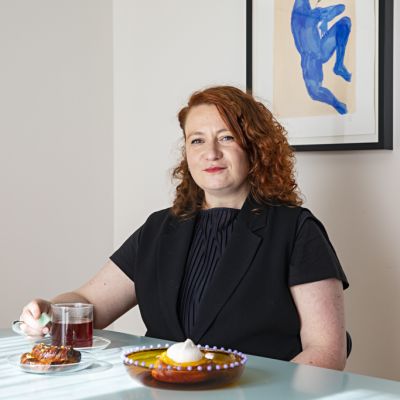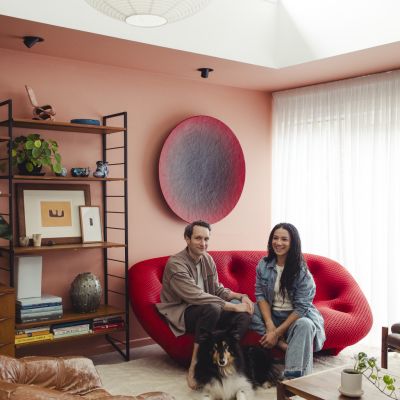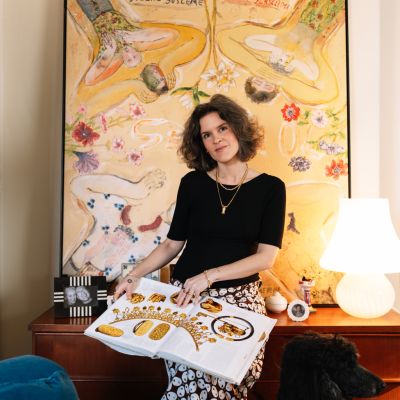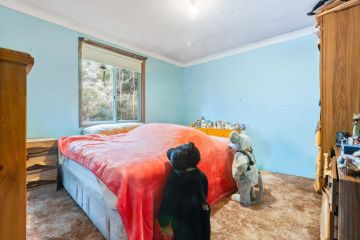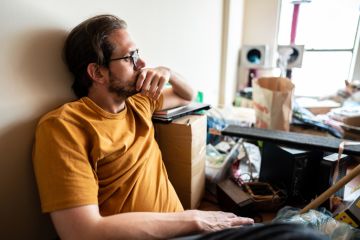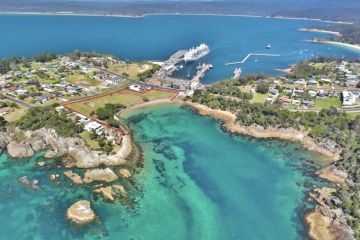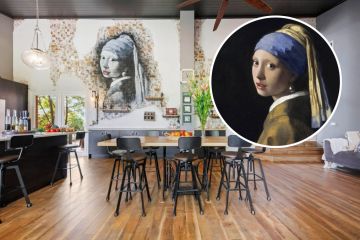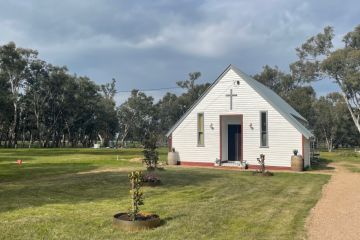How Brunswick-based ceramicist Hilary Green creates her playfully wonky wares
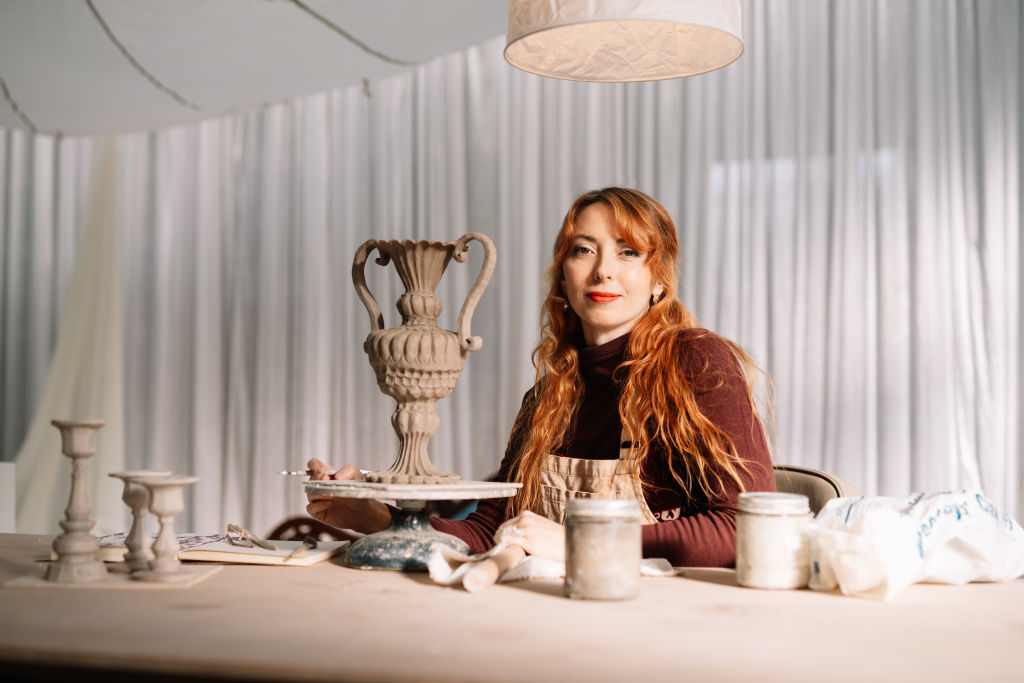
Ceramicist Hilary Green’s playfully wonky work has its origins in something of a happy accident. After first attempting wheel-throwing pottery during 2020 lockdowns, with mixed success, she used her hands to start “making a huge thing out of clay”.
“Vases just started coming out of me and some of them were collapsing because I was still learning,” the Melbourne-based maker tells Broadsheet. “But I loved the collapsing – and that time was a real awakening of my creative desires. From then on, I fell in love with using clay.”
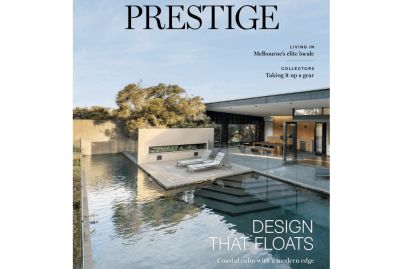

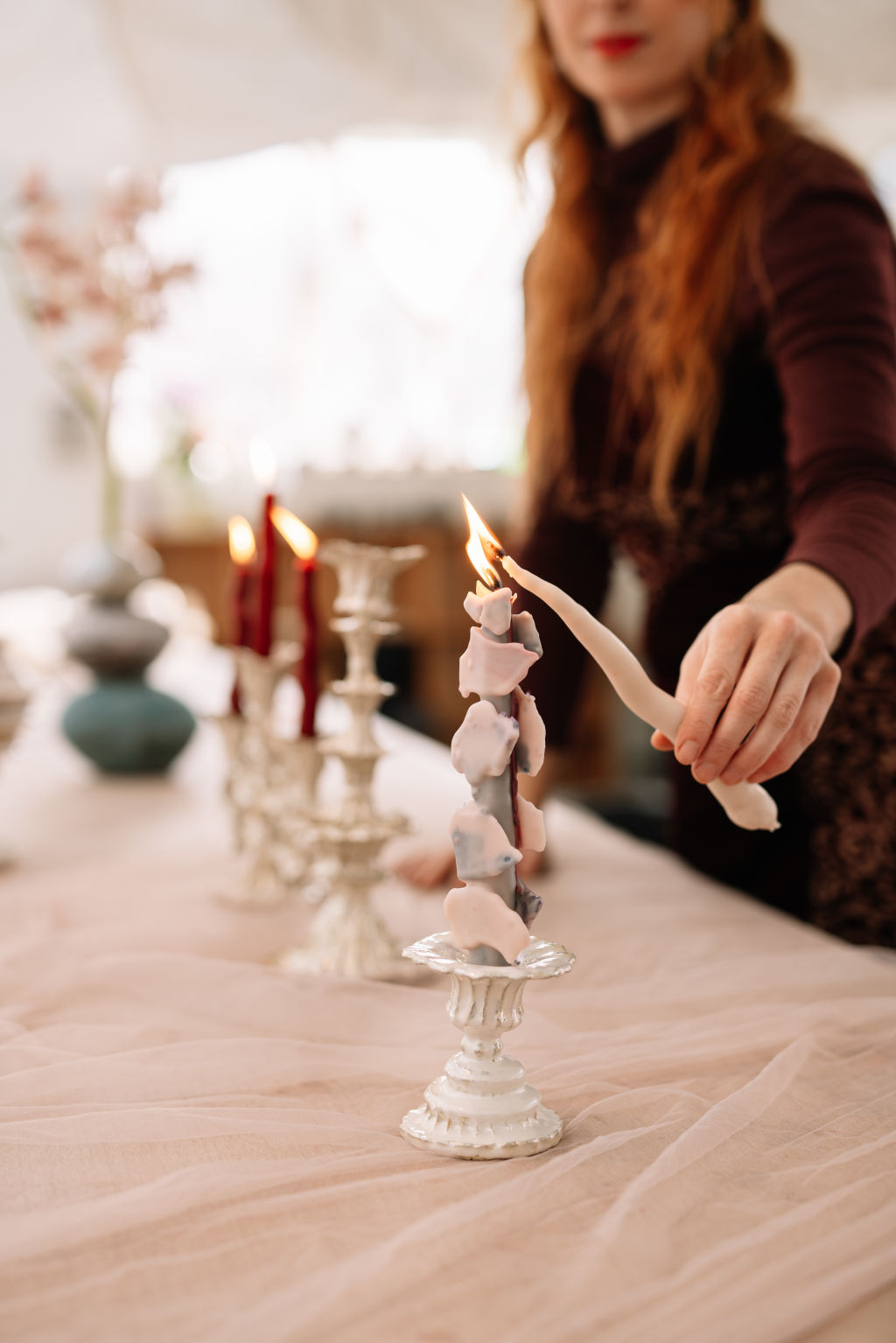
Green’s sculptures, vessels and candelabras evoke a distinctive dreamy feeling, manifesting as mystical coral-like shapes – part witches’ coven, part fairytale antique, part underwater fantasy.
Each piece is odd and imperfect in its own way, with Green using the natural imprints of her fingers to mark every one with a literal artisan’s touch.
“I think I have a real yearning for the surreal,” she says. “The world can be so harsh and unimaginative, so I really just want to inject something organic and out-of-the-ordinary into people’s homes.”
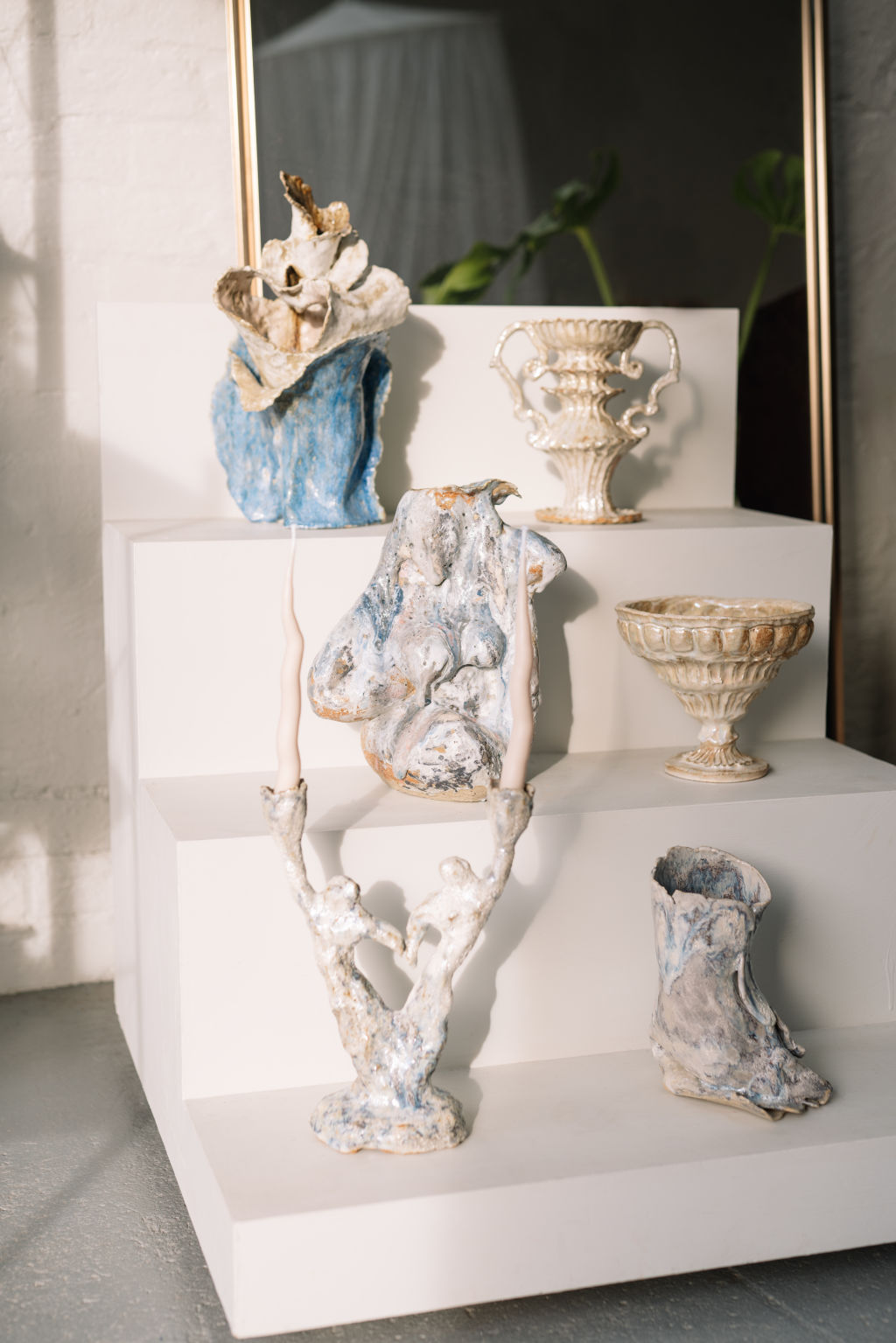
This handmade wonkiness is important, Green says. It’s part of what connects her with the people who collect and gift her wares.
“The philosophy of finding messy and chaotic things beautiful is so important. We need to fight against the idea that things have to be perfect, because it really doesn’t allow for loving and appreciating nature.”
The influence of nature on Green’s output is clear, despite the other-worldly aesthetic. Though she didn’t grow up around water, a yearning for the beach during lockdown led to solo trips around Melbourne’s bayside. “I bought an ankle camera and started snorkelling, just taking in all the textures of rocks and seaweed and everything under the water.”
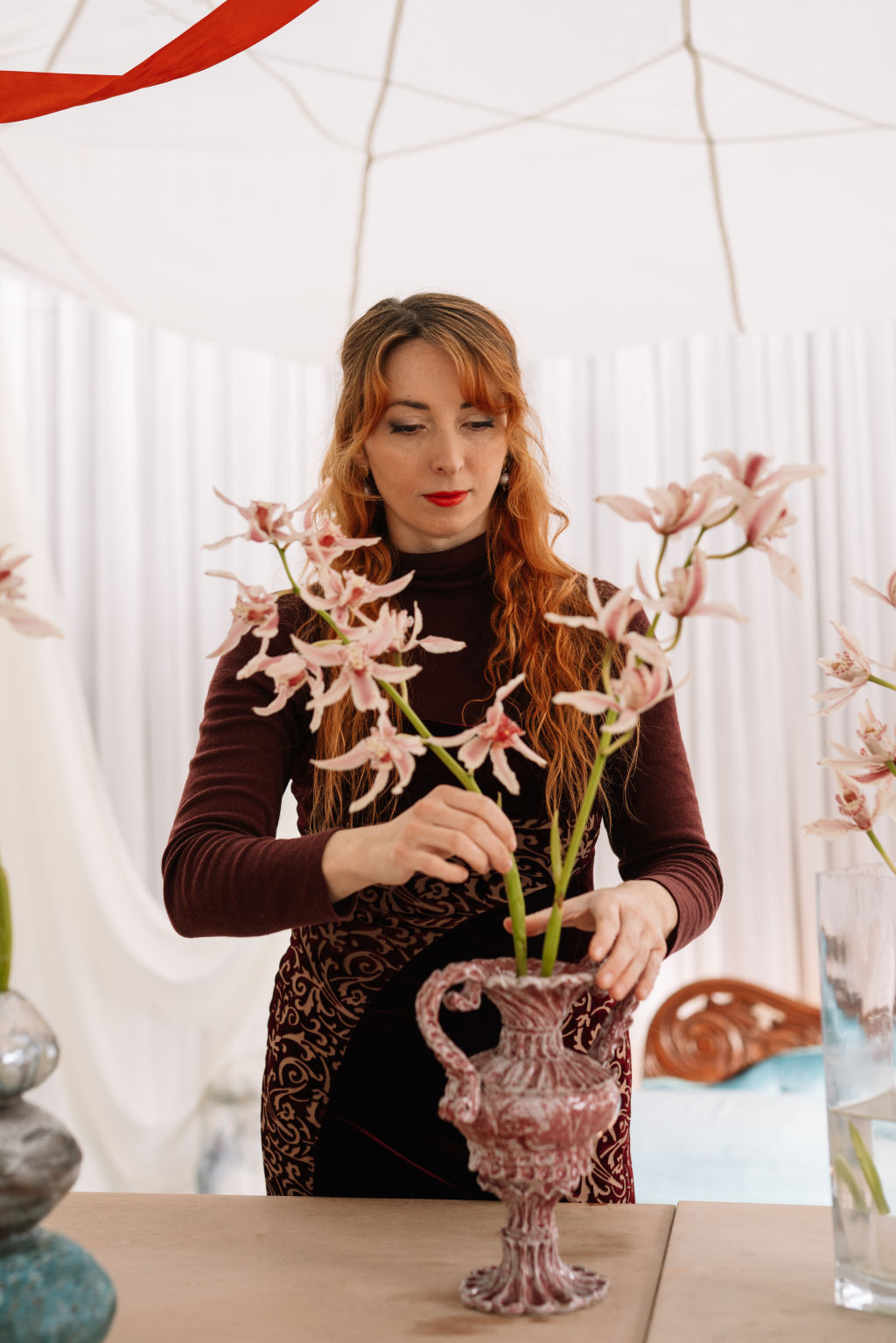
Green also draws inspiration from Greek and Italian mythology and archaeology, which have informed the romantic feel of her candle and candelabra collections. “I always think if one of my sculptures got dug up in the future, what would people think of our culture?”
With these reference points in mind, Green’s process of making starts with a sketch. It may not necessarily be a picture of the final piece – it could be people or flowers – but throughout her drawing process there will be a shape, line or figure that morphs into the starting point of a ceramic piece.
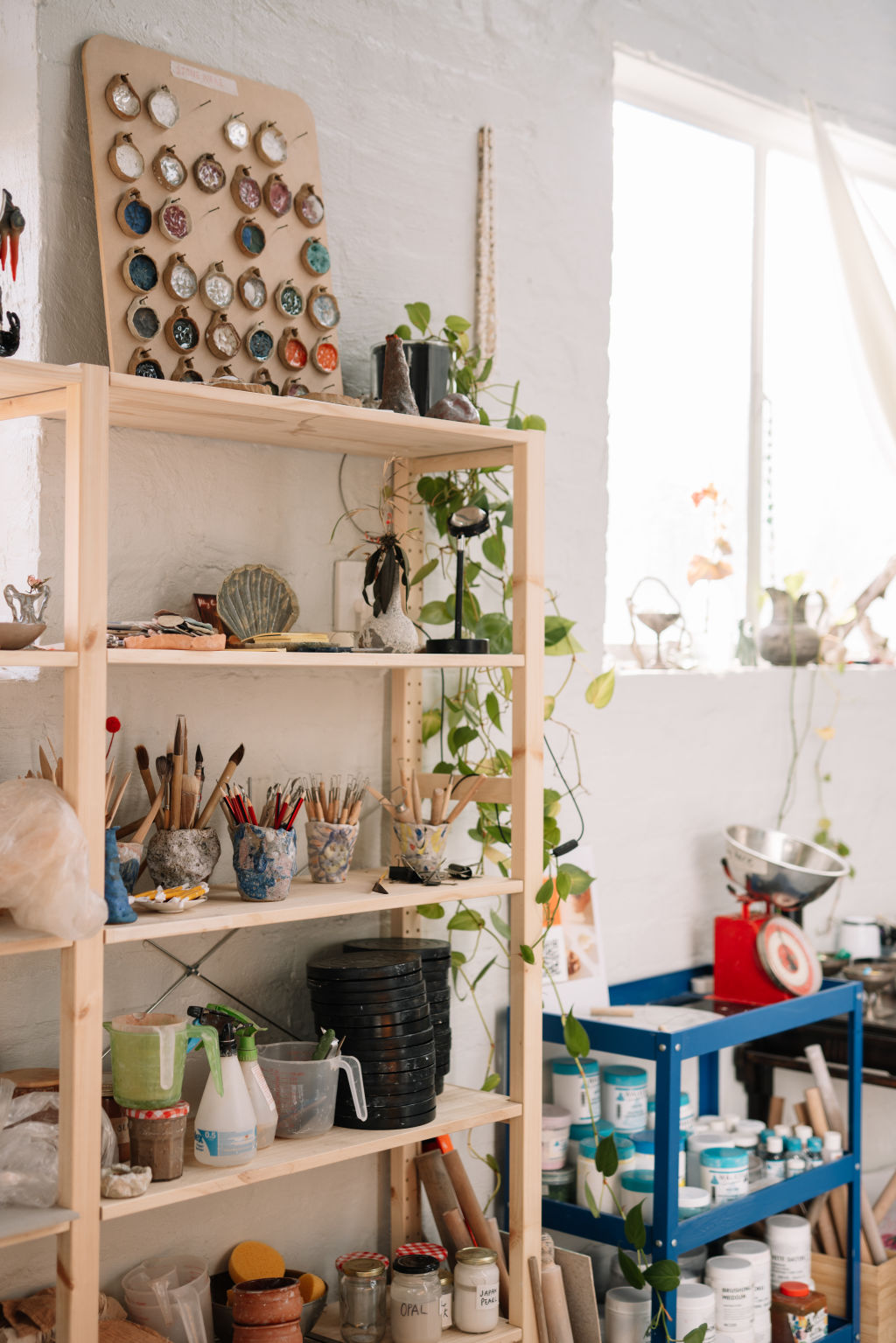
“I’m not someone who will go and sketch out a collection or have it in my head, I need to have an experience. I have ADHD and possibly autism, so I’ve really been leaning into what sensory things I’m attracted to and just letting myself explore the world through my visual and tactile needs.”
Green describes the hands-on stage of her creative process as “playing”. She tries different glazes, balances clay into artistic mounds, and recently, has explored finger painting onto pieces that look like the meringues she used to make with her mum as a child.
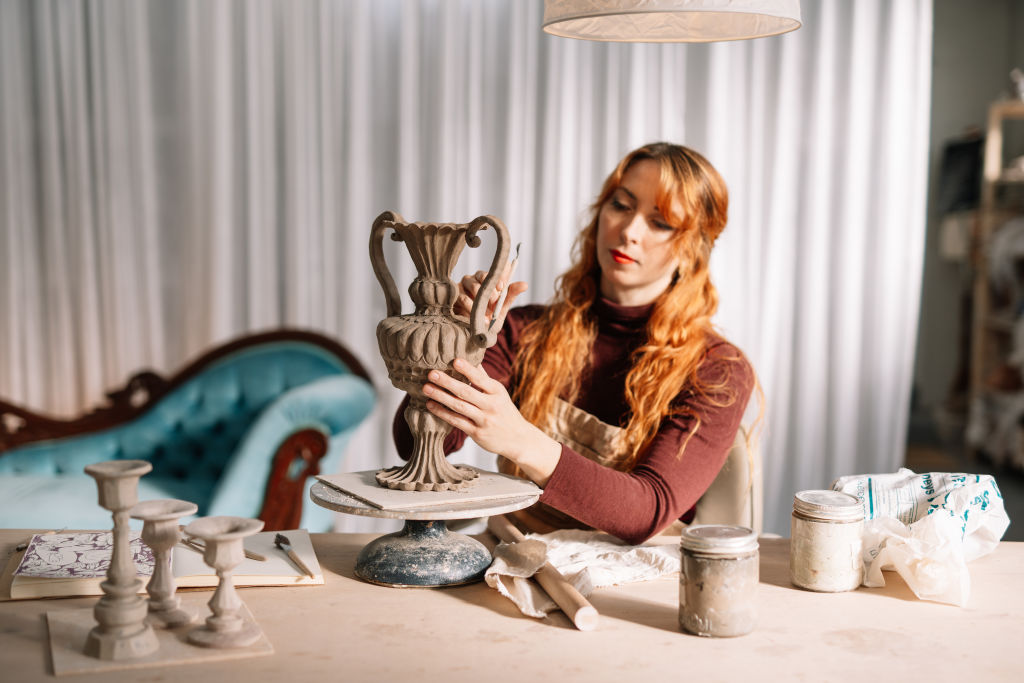
“Thinking about what I feel like doing with the clay is really important to me,” she says. “Like, do I feel like rolling it and slapping it down and making a seaweed-like texture, or do I feel like finger painting, or do I feel like making rocks?”
Green has a background in visual art, drawing and photography, but felt disenchanted with the art world after her studies. She pursued a career as a primary school teacher, which served as a worthy creative outlet – and an opportunity to be playful in day-to-day life.
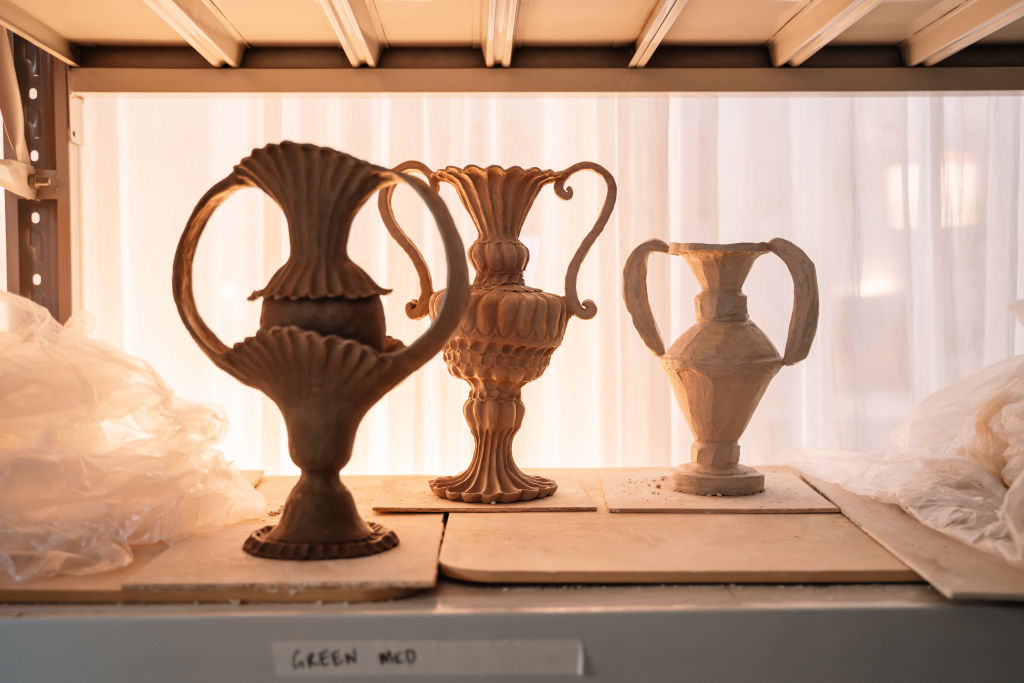
When she began making clay pieces she was still teaching online, and ended up leading her first ceramics class for a group of people in the Northern Territory.
The virtual session helped Green realise that people were interested in learning about ceramics, as well as the healing and connecting qualities of clay – especially at a time when most of the country was in isolation.
Now Green opens up her studio as Shell Space, a creative community hangout. The idea was inspired by a trip she took to Tuscany to learn glazing. While there, Green connected with other creatives, sharing meals and bonding over a shared love of art.
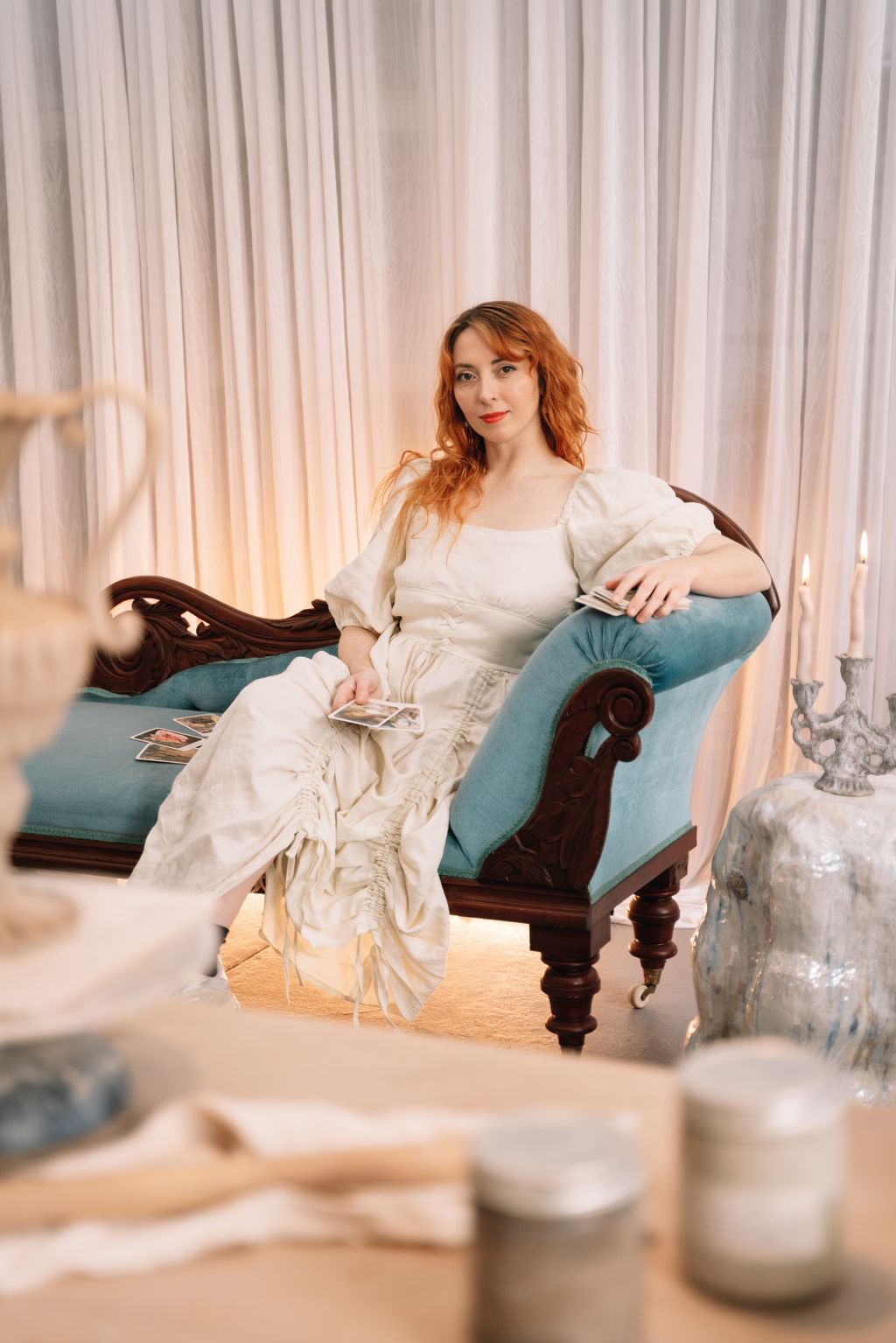
“I came back to Melbourne and realised the need for a similar place to create a community and make people come together.”
The Brunswick warehouse site is a place for Green to share with other makers and run her own workshops, including candelabra making, small vessel sculpting and mindful candle making.
She also hosts classes from other local creatives, like jewellery casting with Sacreflux, life drawing with Miss Muse Life Drawing, plant care with The Plant Whisperer and beginner tarot classes with Flex Mami.
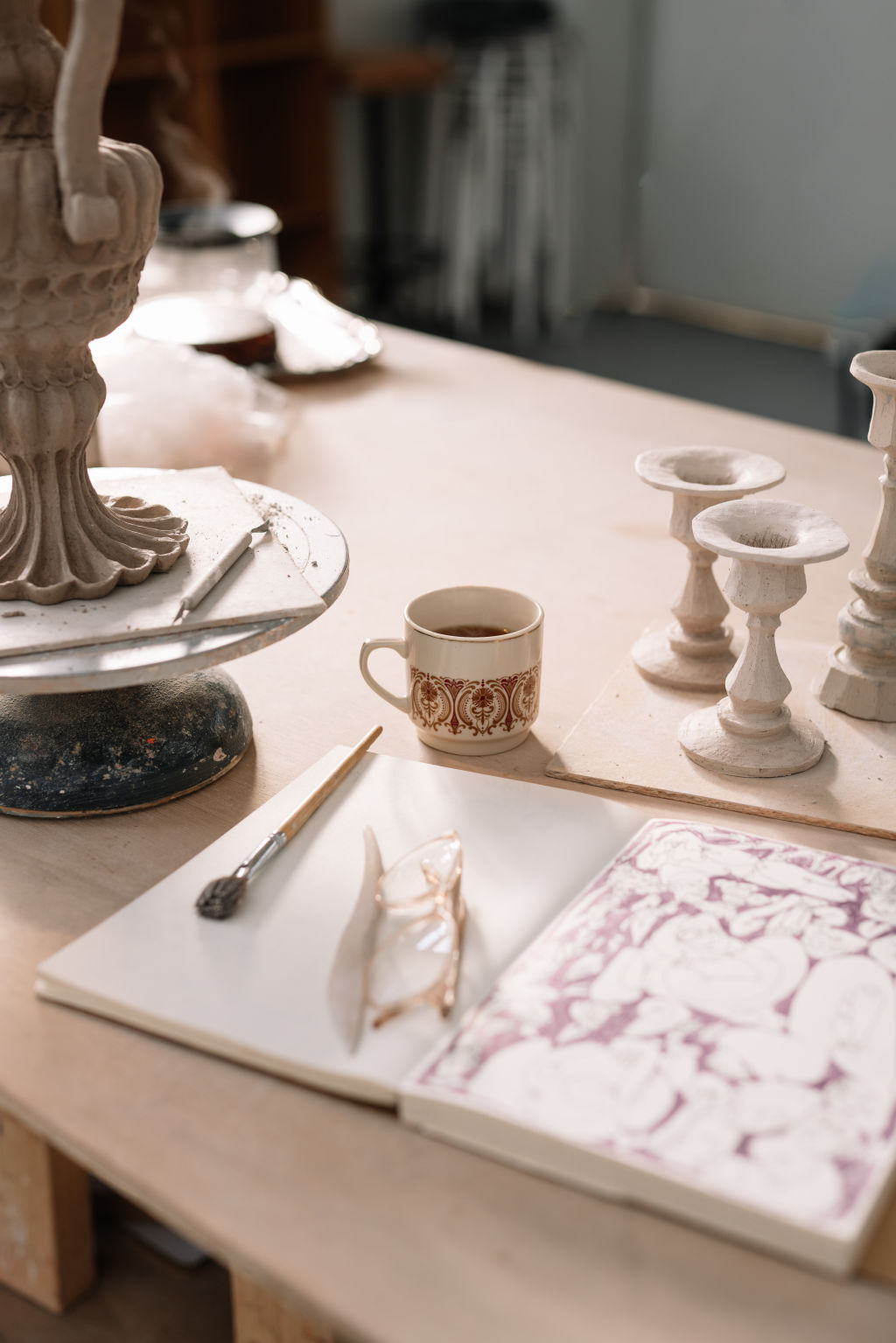
Then there’s Resonant Bodies, a monthly experience that makes space for deep listening to music in an alcohol-free environment. All in a studio fit-out that could best be described as a Stevie Nicks fever dream.
“My dream is for it to just be a vibrant space that people can come together in and share and work on a creative process or some kind of self-development. It’s hard to organically create a community as someone who’s never really been part of a community, but it has to begin somewhere – and that’s what Shell Space is.”
Find Hilary Green’s ceramic wares – and learn about upcoming Shell Space events – at hilary-green.com.
This article first appeared in Domain Review, in partnership with Broadsheet.
We recommend
We thought you might like
States
Capital Cities
Capital Cities - Rentals
Popular Areas
Allhomes
More
